This 5-year-old from Gaza is learning to live with one leg and untold loss
Published in News & Features
DOHA, Qatar — In a quiet corner of the Qatari capital, Doha, between an Indian restaurant and a hair salon, lies a nondescript housing compound once meant to host World Cup visitors.
Instead it's become a temporary home for about 1,500 Palestinian medical evacuees from Gaza — a micro-sized Gaza-on-the-gulf and a living catalog of the horrors inflicted on the human body by the tools of war.
There's 17-year-old Yacoub abu Hijris, who was carrying a bag of flour to his parents when a sniper's bullet found him. He described trying to make it home with a splintered knee. "I walked with my leg at a crazy angle," he said. It was difficult to not fall, he added, his voice quiet: "It turns out blood is slippery." Now he's learning to walk on crutches after doctors amputated his leg, and is waiting for a prosthetic.
There's Arwa Ghanem, 10, whose family was staying in a corrugated metal hut in Khan Yunis in late January when an Israeli tank busted through the wall, collapsing the structure. Arwa's father, Mounir, and her 6-year-old sister, Asya, were killed; a heavy wardrobe fell on Arwa, probably saving her from suffocation but pulverizing the bones in her left leg. They had initially been set with platinum pins, but now her leg was in a cast. It would take a year to heal.
Then there is 5-year-old Fatma Nabhan, who goes by the nickname "Battah," or Duck. In a place where pain is ever present she was one of the few who seemed to exhibit moments of joy. She giggled, fidgeting in the chair as a volunteer painted a Spiderman mask on her face. Then she scampered off on her one leg, hopping quickly across the room as her purse, showing a smiling Snow White, swung in her wake.
The three are among the medical evacuees whose injuries are far too severe for Gaza's collapsing medical system to treat, and who were brought along with some of their relatives to Doha as part of an initiative by Qatar's emir, Sheikh Tamim bin Hamad Al Thani. After an agreement among Israel, Hamas, Egypt and Qatar, the injured were allowed to leave the Palestinian territory through the southern Gaza city of Rafah and then transported on more than 20 Qatari military flights.
They're also part of a much larger group of people wounded in Israel's military offensive in the Gaza Strip since Oct. 7, when Hamas operatives killed roughly 1,200 people in southern Israel and took hostages. In Gaza, in addition to the more than 34,000 killed in Israel's subsequent attacks, more than 77,000 Palestinians have been wounded, according to the Health Ministry there. In a population where nearly half are younger than 18, the majority of victims have been women and children, the ministry says.
Those who have made it to the Doha compound suffer from life-altering injuries, medical professionals say.
"Burns. Amputations. Head injuries. Fractures. Shrapnel. Crush injuries — we've never seen this severity, or this number of amputees, or such severe injuries to internal organs," said Ahmed al Hammadi, the acting chief medical officer for Sidra Medicine, a 400-bed hospital in Doha that is providing some of the most complex treatments for the evacuated Gazans.
To convalesce, they stay in this compound, and exercise by walking around its well-ordered clusters of three-story buildings and a synthetic turf avenue with a playground and soccer field. When the ferocious Doha sun allows, the children come out to play or visit a recreation center. Some zoom in wheelchairs up and down the streets.
...continued
©2024 Los Angeles Times. Visit at latimes.com. Distributed by Tribune Content Agency, LLC.
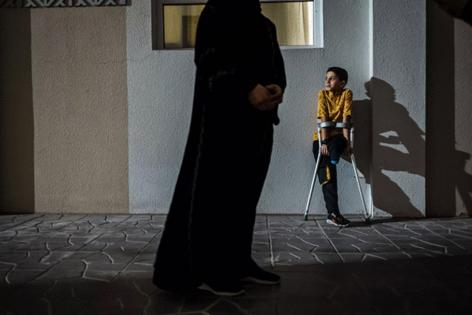
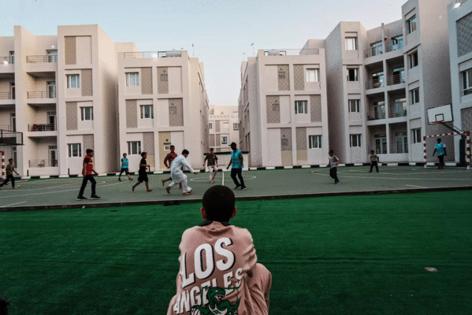
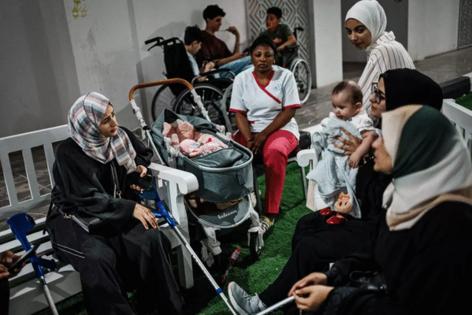
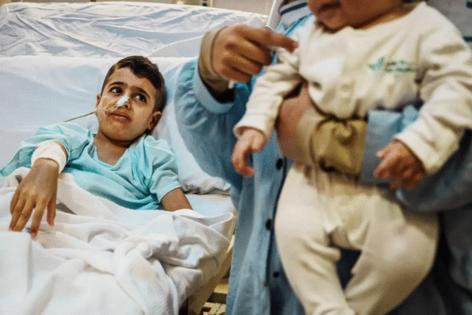
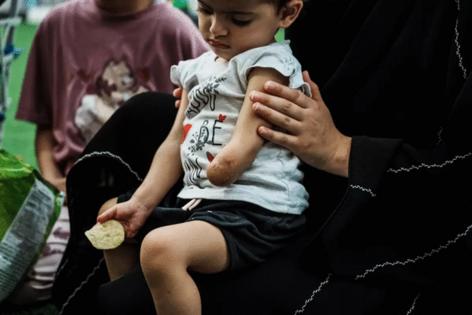








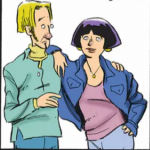


Comments